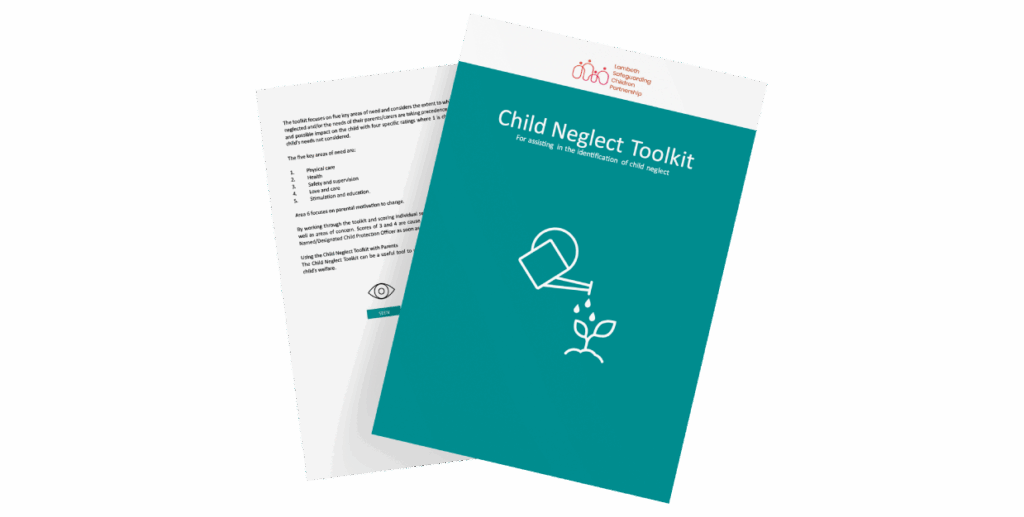Childhood & Adolescent Neglect
The impact of neglect can be devastating for a child or adolescent. The impacts may range from poor self-esteem, mental ill-health, as well as psychological, social, academic, and emotional developmental difficulties. These can have life-long, and potentially intergenerational, consequences. It is therefore essential that all professionals and agencies work together, with a sense of urgency and focus to identify neglect – and work with families to safeguard children and adolescents from it.
Please watch the short video below for an understanding of neglect and using the toolkit for baseline assessment.

LSCP's Multi-agency Neglect Strategy

LSCP's Multi-agency Child Neglect Toolkit

Introduction Training
Definition of Neglect
- provide adequate food, clothing and shelter (including exclusion from home or abandonment)
- protect a child from physical and emotional harm or danger
- ensure adequate supervision (including the use of inadequate caregivers)
- ensure access to appropriate medical care or treatment.
- It may also include neglect of, or unresponsiveness to, a child’s basic emotional needs.
Working Together 2018
Neglect affects babies, young children - and adolescents
Neglect continues to be regarded as being a particularly complex and multi-faceted issue, sometimes seen as being an intractable problem – and there is evidence to suggest that many adults, including the professionals who work with them, think that adolescents have a natural resilience to poor parenting experiences.
A Children’s Society study found that more than one in seven (15%) 14–15 year olds lived with adult caregivers who neglected them in one or more ways – they may have shown little or no interest in them, not offered warmth or encouragement, made no effort to monitor or protect them or failed to promote their health.
Neglected young people reported low well-being and a higher propensity than their peers to behaving in ways which may jeopardise their health or their prospects. These findings may underestimate the scale of adolescent neglect as they are based solely on the reports of young people who were attending mainstream schools – and so do not account for those in specialist provision, those without a school place or missing from the system, or those in private schools, for whom the experience of neglect may be different.
Types of Neglect

Physical Neglect

Educational Neglect

Emotional Neglect

Medical Neglect
Identifying and Assessing Neglect
Why?
- The chronic nature of neglect can mean that professionals become habituated to how a child is presenting and fail to question a lack of progress.
- Unlike physical abuse, for example, the experience of neglect rarely produces a crisis that demands immediate, proactive and authoritative action, making it difficult to evidence that the threshold is met at a specific point in time.
- Neglect can in some cases be challenging to identify because of the need to look beyond individual parenting episodes and consider the persistence, frequency or pervasiveness of parenting behaviours, which may make them harmful and abusive.
- Practitioners may be reluctant or lack confidence to make judgements about patterns of parental behaviour, particularly when these are deemed to be culturally embedded or associated with social disadvantages such as poverty or when the parent is a victim/survivor in their own right.
- The child may not experience neglect in isolation, but alongside other forms of abuse.
Bowyer, S. and Wilkinson, J. (2017)
Support and Resources

In an emergency

Make a safeguarding referral for support

Access Early Help in your area

Levels of Need Guidance

Resources for professionals

